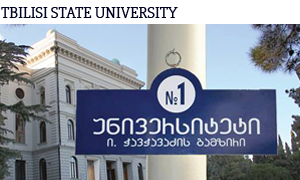

The Vardzia monastery complex is located in the extreme southwest of Georgia on the left bank of the Mtkvari River near the Turkish-Georgian border. It is 1300 m above sea level and belongs to the Aspindza Municipality of the Meskheti Region. The monastery dates to the 12th-13th centuries (1156-1203). Since 2007, by nomination of the Ministry of Culture and Monument Protection of Georgia, the monument is on the provisional list for inclusion in UNESCO’s World Heritage List. Today this cultural heritage monument faces serious threats however.

Few people may know that since its foundation in 1918, the first Georgian university has had relations with leading European universities. Just a year after its foundation, two brothers – Ivane and Alexander Nikuradze – left for Germany to take up their studies at the University of Göttingen, which was known for its institutes of mathematics and physics. Ivane Nikuradze soon became the founder of modern hydrodynamics and aerodynamics; as a distinguished student of Professor Ludwig Prandtl, he successfully defended his PhD thesis on “Observations on Speed Distribution in Turbulent Flows”. He and his doctoral advisor participated in the establishment of the Kaiser Wilhelm Institute, today known as the Max Planck Institute.

While traditional power systems based on technical progress provide many benefits, they have an extremely negative impact on the environment and have resulted in the current global climate change. The temperature will rise for the following decade, and though it might only be by 2 degrees it will cause drastic changes to natural processes on earth. Hence, the quest for non-traditional energy sources is extremely significant for the energy industry and the household sector.

Despite a long history of oil extraction in Georgia and numerous studies carried out, current economic outcomes for the industry are not impressive. However there were certain periods of progress in the development of industrial extraction. For example, in the 1970s and 80s annual oil extraction in Georgia exceeded 3 million tons (see G. Khmaladze, N. Khmaladze, Georgia’s oil industry during the transition period; TSU Publishing House, 2002, p.14).

Until today the balanced and complete nutrition of poultry and livestock in Georgia has been largely ignored. Researchers from the Laboratory of Chemistry Studies at P. Melikishvili Institute of Physical and Organic Chemistry createdbio-coordinated compounds of bio-metals and organic substances and their compositions with natural zeolites, which can assure inexpensive, ecologically safe, zero waste, antibacterial and antiseptic additives for animals. Under the supervision of Dr. Spartak Urotadze, Head of the Laboratory of Chemistry Studies, and Doctor of Chemistry, a team of scientists carried out research on“Bio-metals and natural zeolites containing premixes for the new generation” between 20011 and 2014, supported by the Science and Technology Centre in Ukraine (STCU).
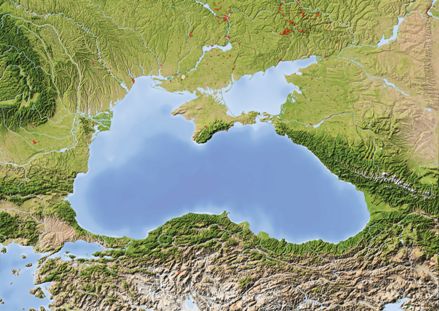
The easternmost section of the Black Sea regional short-term forecasting system was developed with the participation of Georgian scientists on the basis of mathematical modeling as one of the components of the overall Black Sea diagnosis and forecasting system. The Development of the Black Sea Diagnosis and Operational Forecasting System was carried out from 2003 to 2005 as an EU-ARENA international scientific and technical project and the Black Sea regional forecasting system easternmost sector covered the Georgian coastline and waters.
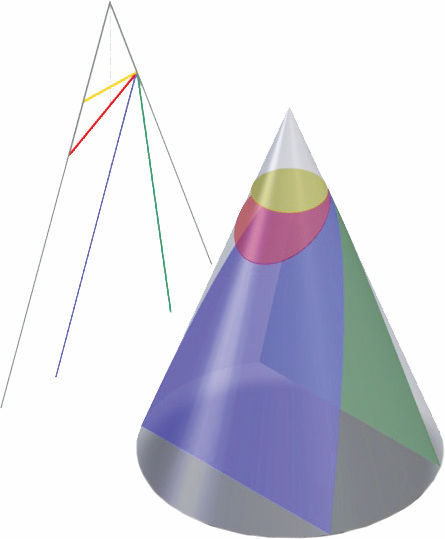
Natural forms affect all of us, not only for their beauty but also for their diversity. It is still not known whether forms define the essence of the phenomena associated with them, or vice versa--that forms are natural consequences of the phenomena.
Since ancient times, scientists have tried different methods to study forms and their properties. In mathematics, the study of form has often used geometric approaches. Over time research has led researchers in beautiful as well as interesting and challenging directions. Plato and his school emphasized the study of pure geometric shapes (νοηtά – mental) and their properties, while Archimedes, Apollonius of Perga, Euclid, Heron and their followers used geometric methods to explain phenomena (αiσθητα – Observable, classification of Geminus of Rhode I B.C).
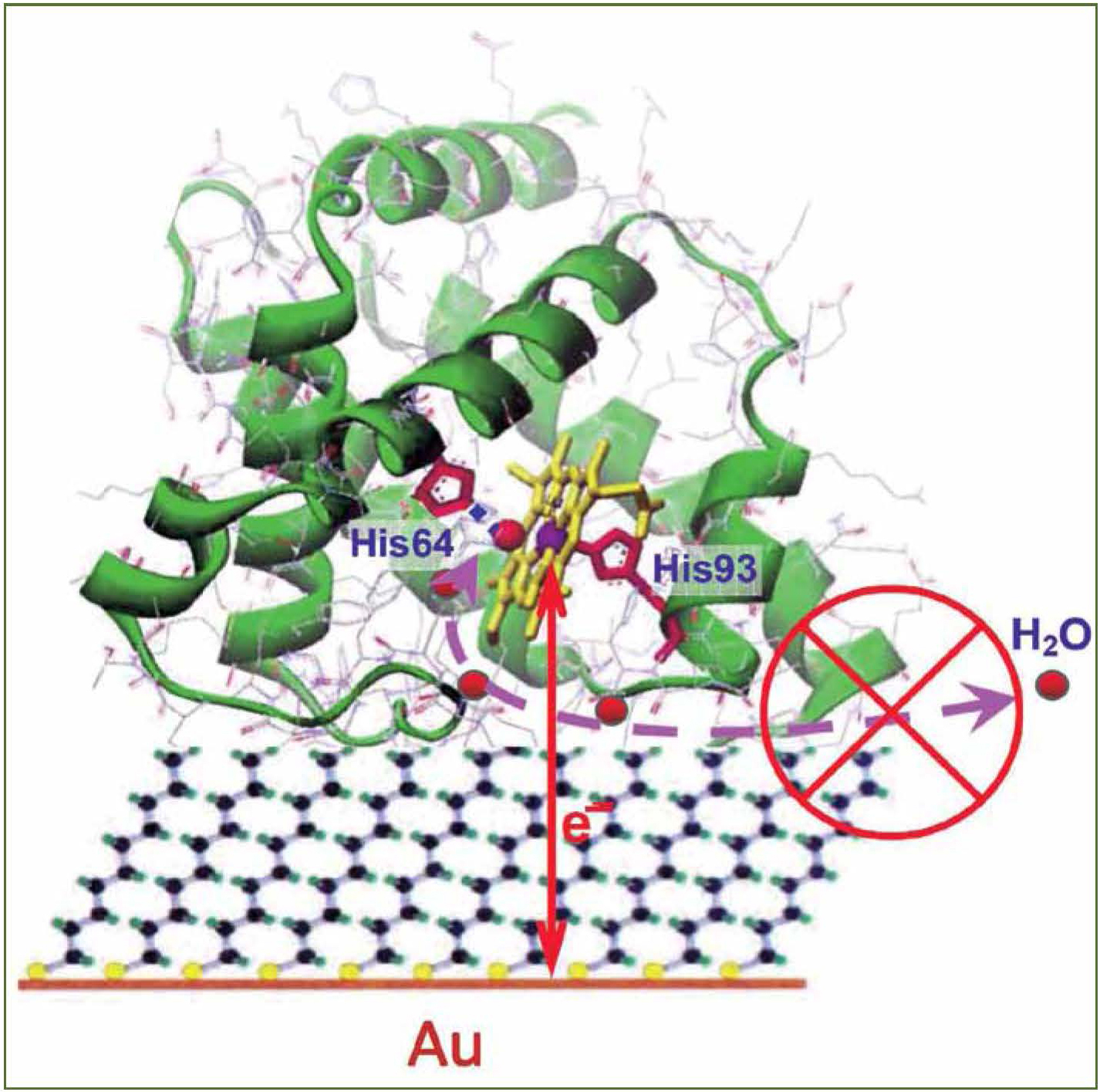
Nanoscience and its component, bionanoscience, are modern interdisciplinary research “super-domains”, compulsory conceptual platforms for the development of the related domains of nanotechnology and bionanotechnology. These fields began to emerge in the 1960s, however they developed as essential constituents of well-funded strategic policies only at the beginning of the 21st c, and especially in highly developed and/or rapidly developing countries such as the USA, EU, Japan, Israel, China and India. The prefix “nano” and the abbreviation “nm” are the shortened variants of the term “nanometer”, indicating one-billionth part of a meter (10–9m). At the beginning of the development of these disciplines the terms “nanoscopic matter” or “mesoscopic matter” were used for categories of matter with dimensions of 100 nm or less. Subsequently, however, it was discovered that the borderline between “nano” and “normal” matter could be calculated much lower at around 10, or even 1 nm!
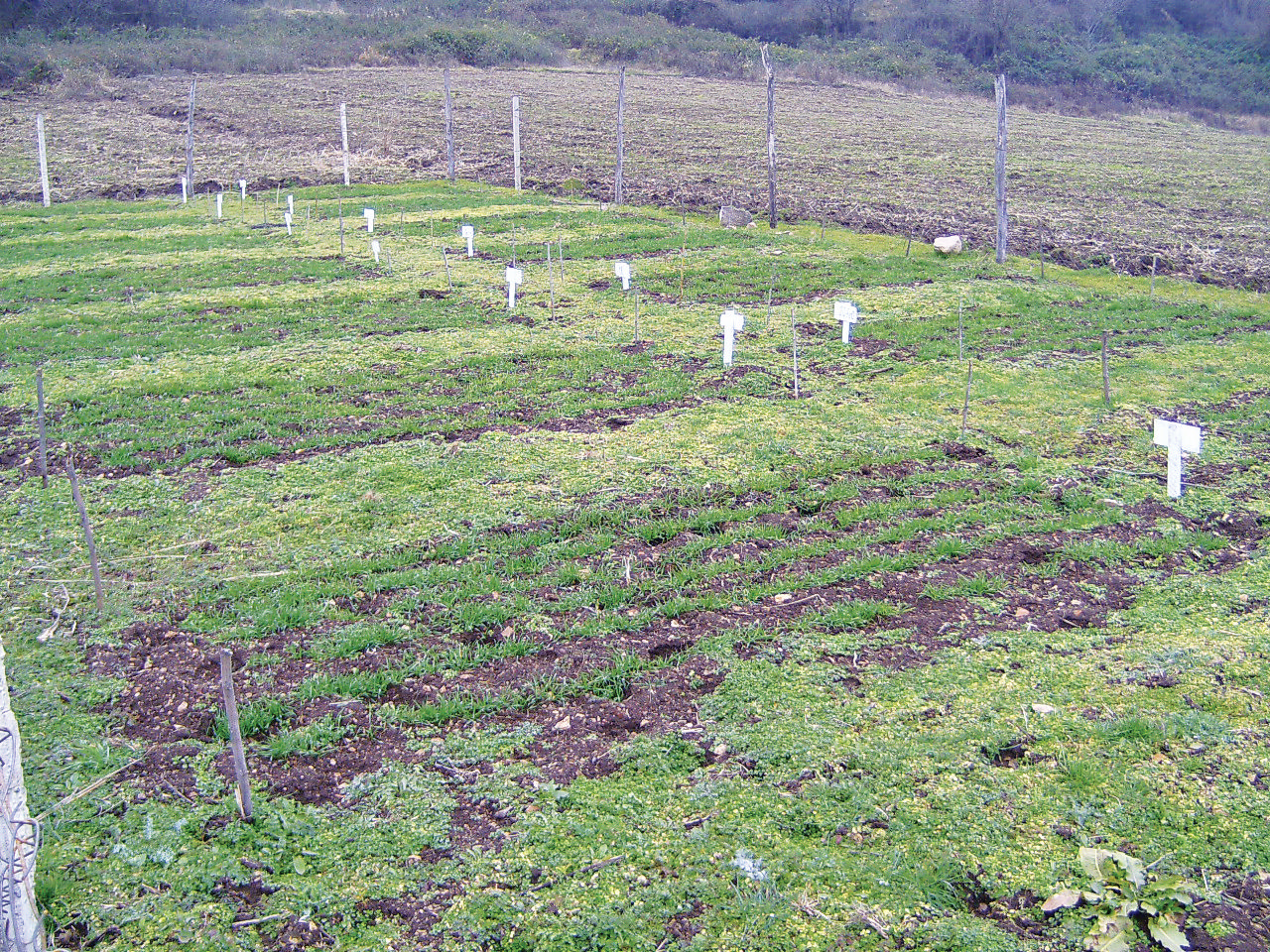
Bolnisi is one of the most significant agricultural regions in Georgia. It supplies most of the country with vegetables, thus its ecological condition is of great important for the entire Georgian population. TSU researchers, working with German colleagues, studied the situation and have raised serious concerns about environmental contamination in the Bolnisi region.

On September 22-26, 2014 Tbilisi State University (TSU) hosted a workshop with the international group COMET: COherent Muon to Electron Transition, on the particle physics experiment at the Japan Proton Accelerator Research Complex (J-PARC). The Workshop was organized by the TSU High Energy Physics Institute (HEPI) with support from the Shota Rustaveli National Science Foundation. Fifty representatives from eight member countries took part. The experiment sheds light on a longstanding problem of particle physics, which is to understand the interplay between two very similar fundamental particles-electrons and muons. Why are there muons in addition to electrons? “Who ordered that?” exclaimed Nobel Prize laureate, theoretical physicist, I. Rabi, when the muon was identified.

